#nasa artemis 1 rocket launch
Text
নাসার মুন রকেটের দ্বিতীয় উৎক্ষেপণের উদ্যোগ বাতিল
নাসার মুন রকেটের দ্বিতীয় উৎক্ষেপণের উদ্যোগ বাতিল
নাসার নতুন আর্টেমিস আই মুন রকেটের উৎক্ষেপণ স্থগিত হওয়ার পর সম্ভাব্য দীর্ঘ বিলম্বের সম্মুখীন হচ্ছে। এটি হলো, নাসার মুন রকেটের দ্বিতীয় উৎক্ষেপণের উদ্যোগ বাতিল।
স্পেস লঞ্চ সিস্টেম (SLS) যানটি উঠানোর জন্য কন্ট্রোলাররা শনিবার আবার চেষ্টা করে ব্যর্থ হয়েছেন। কিন্তু জ্বালানি লিক বন্ধ করতে পারেনি।
প্রকৌশলীদের এখন রকেটটি পরিদর্শন করতে হবে। যেকোন সম্ভাব্য মেরামত লঞ্চ প্যাডের পরিবর্তে ওয়ার্কশপে…
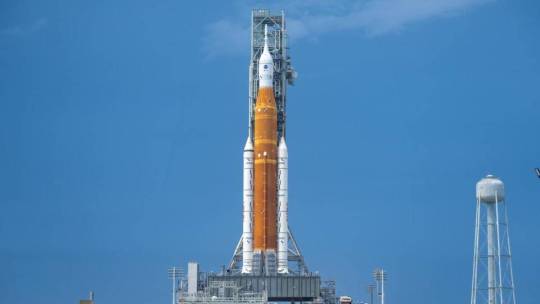
View On WordPress
#artemis#artemis 1#artemis 1 launch#artemis 1 mission#artemis 1 rocket launch#artemis 1 rocket launch florida#artemis 1 rocket launch scrubbed#artemis launch#artemis launch 2022#moon rocket#nasa artemis 1 rocket launch#nasa artemis 1 rocket launch scrubbed#nasa artemis launch#nasa moon mission#nasa moon rocket artemis 1 launch#nasa moon rocket launch#nasa moon rocket launch date#nasa rocket launch#rocket launch#space launch system
2 notes
·
View notes
Text

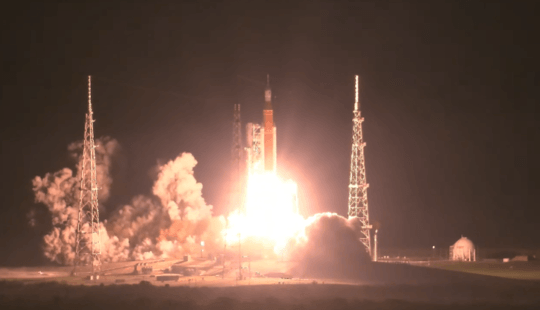

Go Artemis! l 16/11/2022
#artemis 1#moon#space#astrophotography#astronomy#nasa#artemis 1 mission#planets#galaxy#solar system#sky#stars#rocket launch
1K notes
·
View notes
Text
Artemis I liftoff
#sls#nasa#rocket#launch#space launch system#moon#Artemis 1#Artemis I#aerospace#engineering#srb#finally
978 notes
·
View notes
Text

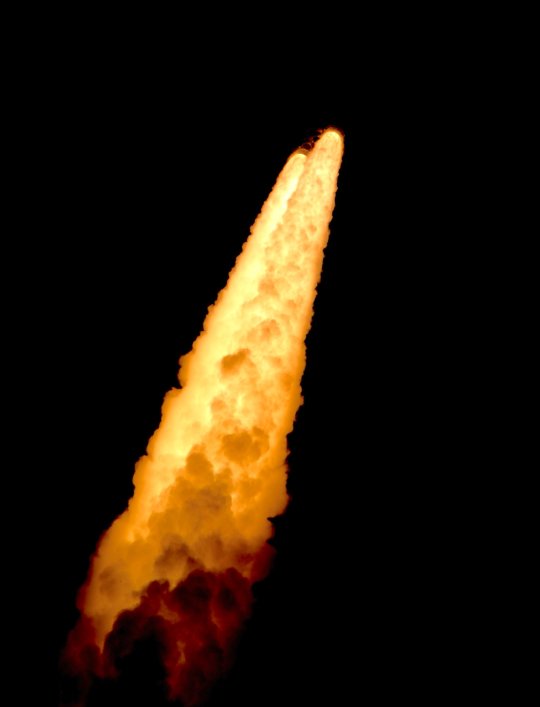
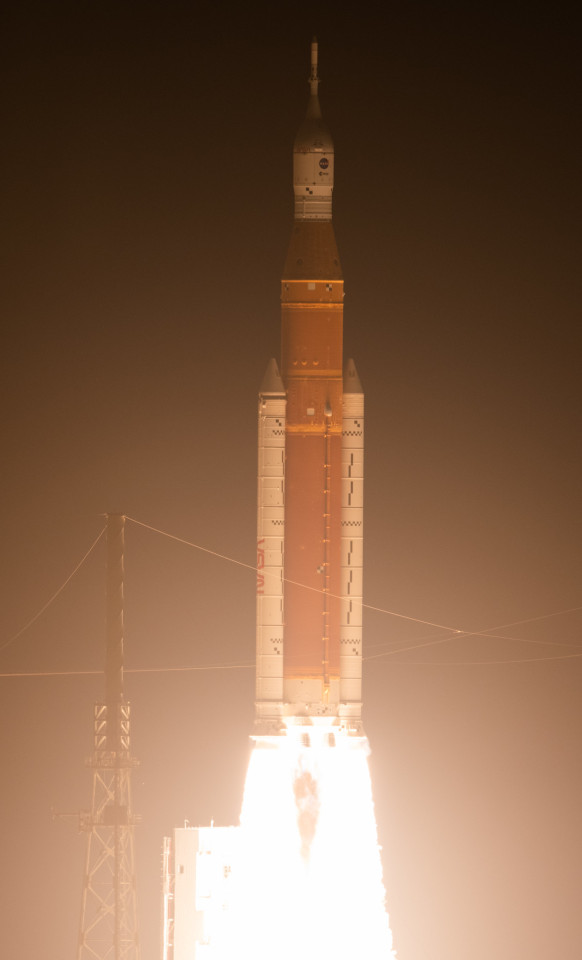
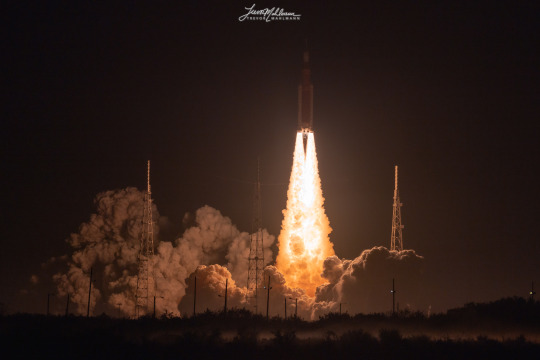
Credit: ESA photographer Stephane Corvaja, NASA HQ Photo and Trevor Mahlmann
#nasa#space#photography#artemis#artemis 1#artemis I#orion#orion spacecraft#moon#moon mission#science#launch#rocket#my post
220 notes
·
View notes
Text
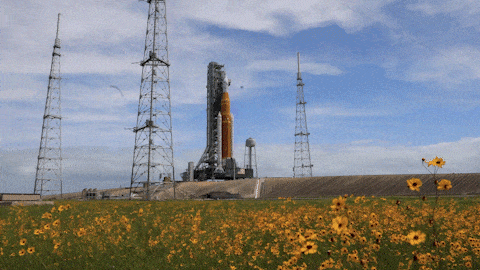
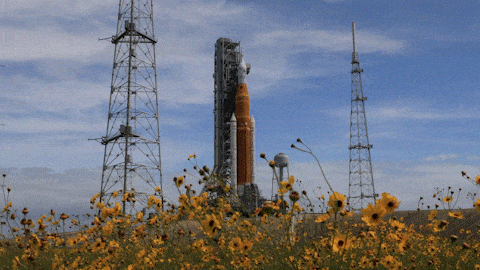
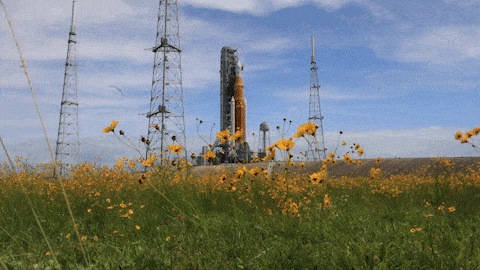
Our beautiful ride to the Moon, Mars, and beyond
#nasa#nasa sls#nasa orion#nasa artemis#artemis#artemis 1#artemis program#space launch system#sls rocket#space#spaceflight#science#engineering#spacecraft#technology#space exploration#wearegoing#rocket#aerospace#orion#moon#kennedy space center#flowers#daisies#pretty#beautiful#mars
64 notes
·
View notes
Text
I really need to go to bed but I'm still shaking from the launch lol I still can't believe I got to witness it for myself in real time, I genuinely don't have any words. Congrats to NASA and the Artemis team, you truly have earned your place in history

#space#outer space#space exploration#sls#sls rocket#nasa artemis#nasa livestream#nasa#artemis 1#artemis#artemis launch
66 notes
·
View notes
Text
Artemis 1 is go!
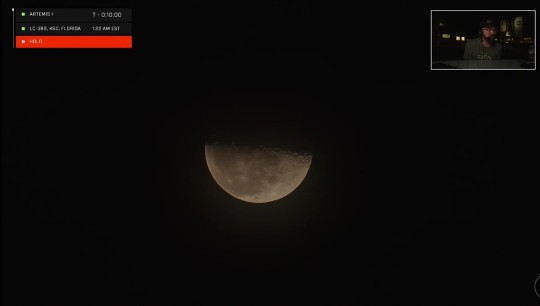



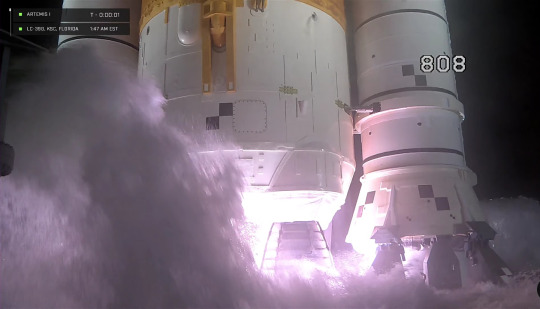
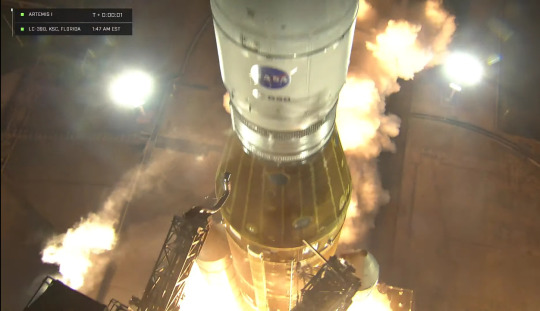
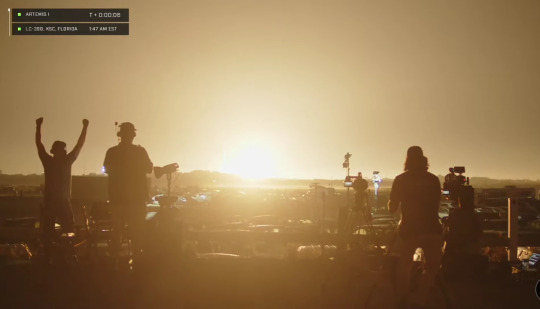


Images via Everyday Astronaut.
#nasa#national aeronautics and space administration#artemis#artemis 1#rocket launches#everyday astronaut#stayed up til past 7am#worth it
55 notes
·
View notes
Text
So the world’s most powerful rocket was maybe just a touch brighter than I’d expected and had set my camera for. Whoops.

I maaaay have overexposed that first shot a tiny bit. Ultimately, I decided to just enjoy the moment instead of fussing with the settings and reframing the shot, but I actually LOVE the second photo I got.
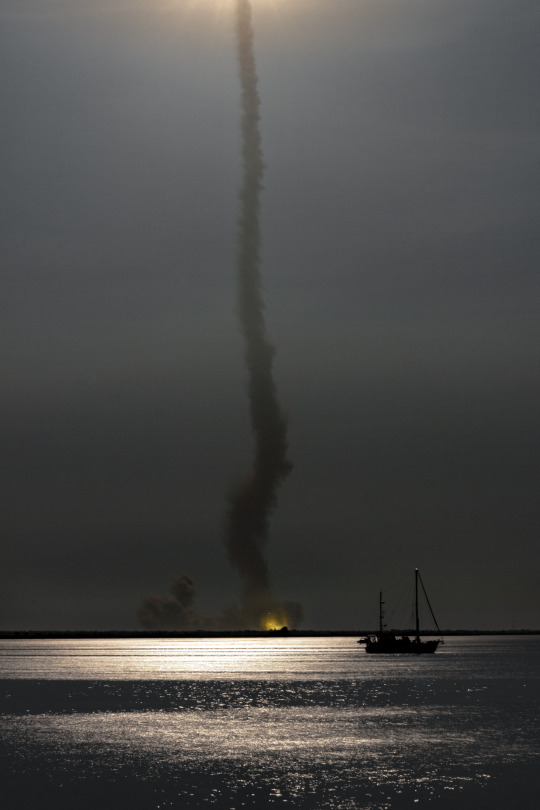
Anyway, I’m running on just a few hours of sleep after driving out there and staking out my spot all night, not to mention the fact that the surrounding area turns into a huge block of stopped traffic when all the launch viewers try to leave at once. I couldn’t even leave my parking spot for an hour and 20 minutes after I hiked back to it.
But I can’t even pretend to complain. It was so incredible to be there in person watching history being made and hearing thousands of people collectively shouting in excitement, sharing this bizarre communal moment together at 01:47 AM.
#Artemis Program#Artemis 1#NASA Artemis#Rocket Launch#y’all ever indulge in your childhood hyperfixations and special interests as an adult? highly recommend#also i thought the lil boat was kinda cute idk#my photography
35 notes
·
View notes
Text
Artemis 1 thunders to orbit following a flawless liftoff of NASA's first Space Launch System rocket
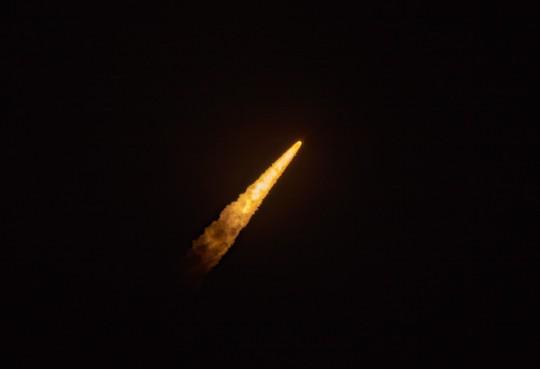

#nasa#space launch system#artemis#artemis 1#orion#sls#rocket#space#spaceflight#moon#luna#launch#rocket launch#moon rocket
24 notes
·
View notes
Photo
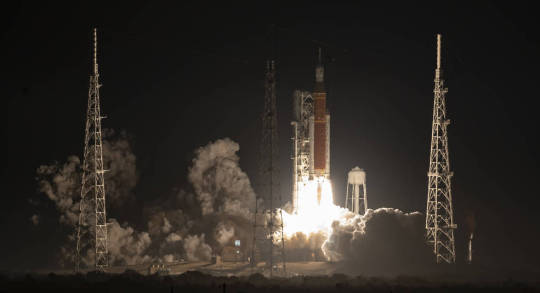

Liftoff! NASA’s Artemis I Mega Rocket Launches Orion to Moon Following a successful launch of NASA’s Space Launch System (SLS), the most powerful rocket in the world, the agency’s Orion spacecraft is on its way to the Moon as part of the Artemis program. Carrying an uncrewed Orion, SLS lifted off for its flight test debut at 1:47 a.m. EST Wednesday from Launch Pad 39B at NASA’s Kennedy Space Center in Florida. The launch is the first leg of a mission in which Orion is planned to travel approximately 40,000 miles beyond the Moon and return to Earth over the course of 25.5 days. Known as Artemis I, the mission is a critical part of NASA’s Moon to Mars exploration approach, in which the agency explores for the benefit of humanity. It’s an important test for the agency before flying astronauts on the Artemis II mission. “What an incredible sight to see NASA’s Space Launch System rocket and Orion spacecraft launch together for the first time. This uncrewed flight test will push Orion to the limits in the rigors of deep space, helping us prepare for human exploration on the Moon and, ultimately, Mars,” said NASA Administrator Bill Nelson. After reaching its initial orbit, Orion deployed its solar arrays and engineers began performing checkouts of the spacecraft’s systems. About 1.5 hours into flight, the rocket’s upper stage engine successfully fired for approximately 18 minutes to give Orion the big push needed to send it out of Earth orbit and toward the Moon. Orion has separated from its upper stage and is on its outbound coast to the Moon powered by its service module, which is the propulsive powerhouse provided by ESA (European Space Agency) through an international collaboration. “It’s taken a lot to get here, but Orion is now on its way to the Moon,” said Jim Free, NASA deputy associate administrator for the Exploration Systems Development Mission Directorate. “This successful launch means NASA and our partners are on a path to explore farther in space than ever before for the benefit of humanity.” Over the next several hours, a series of 10 small science investigations and technology demonstrations, called CubeSats, will deploy from a ring that connected the upper stage to the spacecraft. Each CubeSat has its own mission that has the potential to fill gaps in our knowledge of the solar system or demonstrate technologies that may benefit the design of future missions to explore the Moon and beyond. Orion’s service module will also perform the first of a series of burns to keep Orion on course toward the Moon approximately eight hours after launch. In the coming days, mission controllers at NASA’s Johnson Space Center in Houston will conduct additional checkouts and course corrections as needed. Orion is expected to fly by the Moon on Nov. 21, performing a close approach of the lunar surface on its way to a distant retrograde orbit, a highly stable orbit thousands of miles beyond the Moon. “The Space Launch System rocket delivered the power and performance to send Orion on its way to the Moon,” said Mike Sarafin, Artemis I mission manager. “With the accomplishment of the first major milestone of the mission, Orion will now embark on the next phase to test its systems and prepare for future missions with astronauts.” The SLS rocket and Orion spacecraft arrived at Kennedy’s Launch Pad 39B on Nov. 4 where they rode out Hurricane Nicole. Following the storm, teams conducted thorough assessments of the rocket, spacecraft, and associated ground systems and confirmed there were no significant impacts from the severe weather. Engineers previously rolled the rocket back to the Vehicle Assembly Building (VAB) Sept. 26 ahead of Hurricane Ian and after waving off two previous launch attempts Aug. 29 due to a faulty temperature sensor, and Sept. 4 due to a liquid hydrogen leak at an interface between the rocket and mobile launcher. Prior to rolling back to the VAB, teams successfully repaired the leak and demonstrated updated tanking procedures. While in the VAB, teams performed standard maintenance to repair minor damage to the foam and cork on the thermal protection system and recharge or replace batteries throughout the system. Artemis I is supported by thousands of people around the world, from contractors who built Orion and SLS, and the ground infrastructure needed to launch them, to international and university partners, to small businesses supplying subsystems and components. Through Artemis missions, NASA will land the first woman and the first person of color on the surface of the Moon, paving the way for a long-term lunar presence and serving as a steppingstone for astronauts on the way to Mars. TOP IMAGE....NASA’s Space Launch System rocket carrying the Orion spacecraft launches on the Artemis I flight test, Wednesday, Nov. 16, 2022, from Launch Complex 39B at NASA’s Kennedy Space Center in Florida. NASA’s Artemis I mission is the first integrated flight test of the agency’s deep space exploration systems: the Orion spacecraft, Space Launch System (SLS) rocket, and ground systems. SLS and Orion launched at 1:47am ET from Launch Pad 39B at the Kennedy Space Center. Credits: NASA/Bill Ingalls LOWER IMAGE....NASA’s Space Launch System rocket carrying the Orion spacecraft launches on the Artemis I flight test, Wednesday, Nov. 16, 2022, from Launch Complex 39B at NASA’s Kennedy Space Center in Florida. NASA’s Artemis I mission is the first integrated flight test of the agency’s deep space exploration systems: the Orion spacecraft, Space Launch System (SLS) rocket, and ground systems. SLS and Orion launched at 1:47 a.m. EST, from Launch Pad 39B at the Kennedy Space Center. Credits: NASA/Joel Kowsky
20 notes
·
View notes
Text
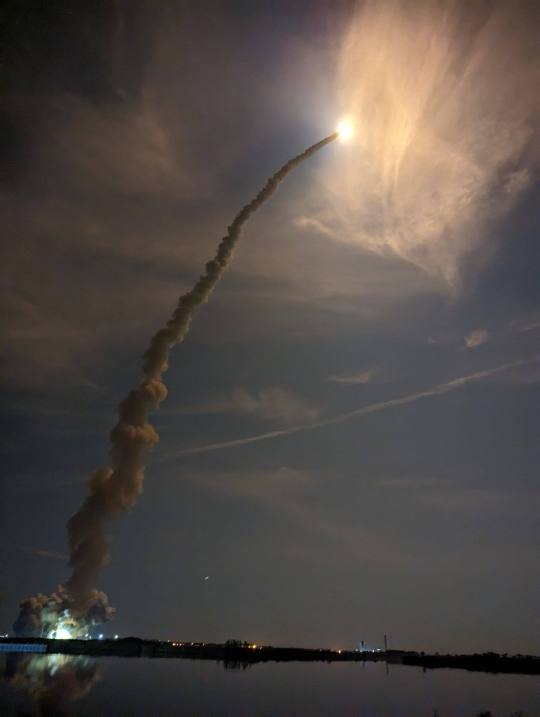
Artemis 1 launch
© Nick Stewart -- @NStewCBS2 on Twitter
#nasa#artemis program#artemis 1#rocket launch#space exploration#photography#im in awe#and so excited
18 notes
·
View notes
Text
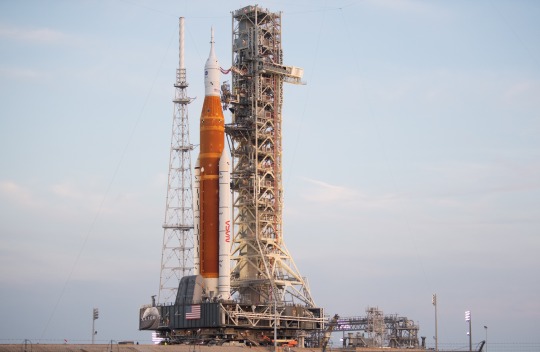
16 Nov 2022 16:00AEST Another attempt at Atremis 1 launch A return to the Moon. History.
11 notes
·
View notes
Text



Artemis I Launch l Nov. 16, 2022 (x)(x)(x)
#moon#artemis 1#nasa#space#astrophotography#rocket launch#astronomy#artemis 1 mission#planets#galaxy#stars#sky#universe
961 notes
·
View notes
Text
Artemis I
98 notes
·
View notes
Photo

Despegue de la misión Artemisa 1 el día 16 de noviembre de 2022.
9 notes
·
View notes
Text

NASA’s Space Launch System rocket standing atop LC-39B while a SpaceX Falcon 9 rocket prepared for launch of Crew 4 at LC-39A.
(©)
#go for queue deploy#nasa#nasa sls#nasa orion#nasa artemis#spacex#falcon 9#dragon#crew dragon#commercial crew#rocket#rocketry#moon rocket#space launch system#artemis#artemis program#artemis 1#space#spaceflight#space exploration#space program#spacecraft#science#technology#engineering#stem
20 notes
·
View notes